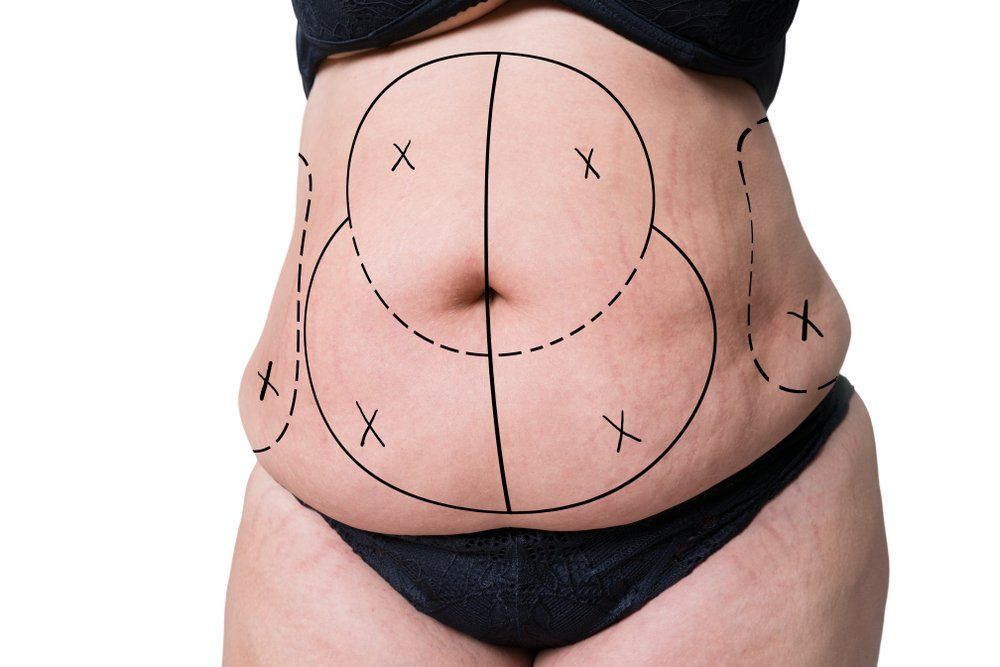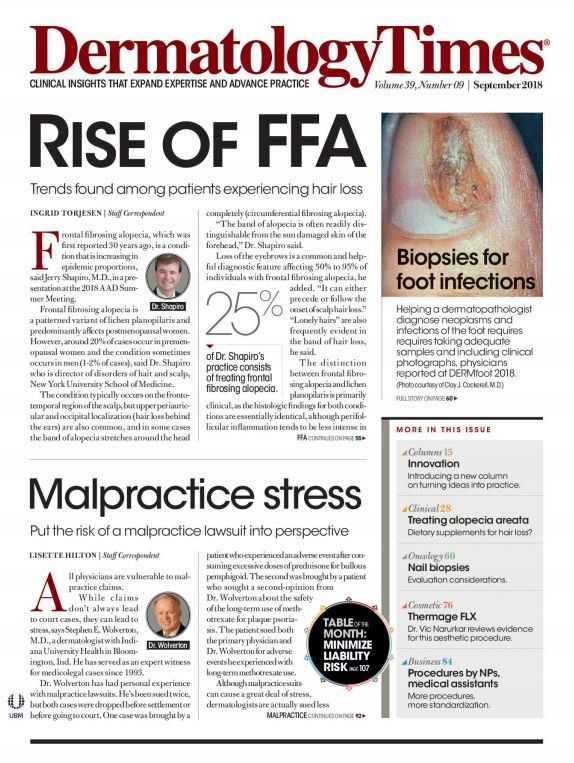- Acne
- Actinic Keratosis
- Aesthetics
- Alopecia
- Atopic Dermatitis
- Buy-and-Bill
- COVID-19
- Case-Based Roundtable
- Chronic Hand Eczema
- Chronic Spontaneous Urticaria
- Drug Watch
- Eczema
- General Dermatology
- Hidradenitis Suppurativa
- Melasma
- NP and PA
- Pediatric Dermatology
- Pigmentary Disorders
- Practice Management
- Precision Medicine and Biologics
- Prurigo Nodularis
- Psoriasis
- Psoriatic Arthritis
- Rare Disease
- Rosacea
- Skin Cancer
- Vitiligo
- Wound Care
Publication
Article
Dermatology Times
A paradigm shift for treating unwanted fat
Author(s):
If you’re providing body contouring services to patients, chances are you’re doing it differently than you were a decade ago, according to a presentatin by Dr. Mathew Avram from the 2018 AAD Summer Meeting.
For every invasive fat removal procedure, dermatologists complete more than 10 non-invasive ones, totaling roughly 6 million. (©Staras/Shutterstock.com)

If you’re providing body contouring services to patients, chances are you’re doing it differently than you were a decade ago.
Since 2010, the dermatology industry has seen a paradigm shift in how it treats unwanted fat, and the advancements have changed the way you practice, says Mathew Avram, M.D., director of the Massachusetts General Hospital Dermatology Laser& Cosmetic Center.
“There’s been a revolution in the way we treat fat over the last 10 years. Previously, fat removal really involved invasive surgery. But, now we can do it non-invasively with no cutting, no anesthesia, and typically little, if any, downtime,” said Dr. Avram in a presentation made at the 2018 AAD Summer Meeting in Chicago.
Today, there are many non-invasive technologies available, including cryolipolysis, radio-frequency, laser, ultrasound, and injectables, that remove fat as effectively as invasive procedures, such as liposuction. In fact, according to American Society for Dermatologic Surgery data, for every invasive fat removal procedure, dermatologists complete more than 10 non-invasive ones, totaling roughly 6 million so far. They target love handles and the lower abdomen, areas under the neck, and the back of the upper arms.
While the non-invasive procedures require multiple treatments and cost more, patients experience less pain, less recovery time, and no side effects, he says. Non-invasive procedures treatment times have improved in recent years, he says, noticing cryolipolysis can be completed in 35 minutes instead of 1 hour, and a 1060-nm diode laser treatment only takes 25 minutes.
These technologies also offer providers positive practice changes. Because they’re non-surgical, a larger dermatologist population can provide them.
“These procedures open a whole ability for people who don’t do liposuction procedures - those who aren’t trained in them - to still provide patients with the ability to remove unwanted fat,” he says. “With these devices, you can address a patient’s major concern with an in-office procedure in no time.”
Although the procedures aren’t invasive, you must still have a good understanding of fat, Avram says. Take the time to understand your patient’s goals and manage their expectations. To achieve greatest success, the majority of patients should already be within 10-15 lbs of their desired weight.
The technologies do have some differences, he says. For example, cryolipolysis can, in rare cases, increase fat volume. This result appears between 2-3 months post-treatment. And, the 1060-nm diode laser can’t be used over tattoos because it can dull pigments.
Even with any limitations to use, Avram says, non-invasive procedures treatment changes are here to stay.
“This is a new field that continues to change and grow,” he says. “And, it has no signs of abating over the next few years.”
REFERENCE
Mathew Avram, M.D. “Lasers and Light Sources in Dermatology: How to Optimize Your Results and Avoid Complications.” American Academy of Dermatology 2018 Summer Meeting, Chicago, Ill., July 26, 10a.m-12p.m.

Newsletter
Like what you’re reading? Subscribe to Dermatology Times for weekly updates on therapies, innovations, and real-world practice tips.





















